Risk: Learning to Share
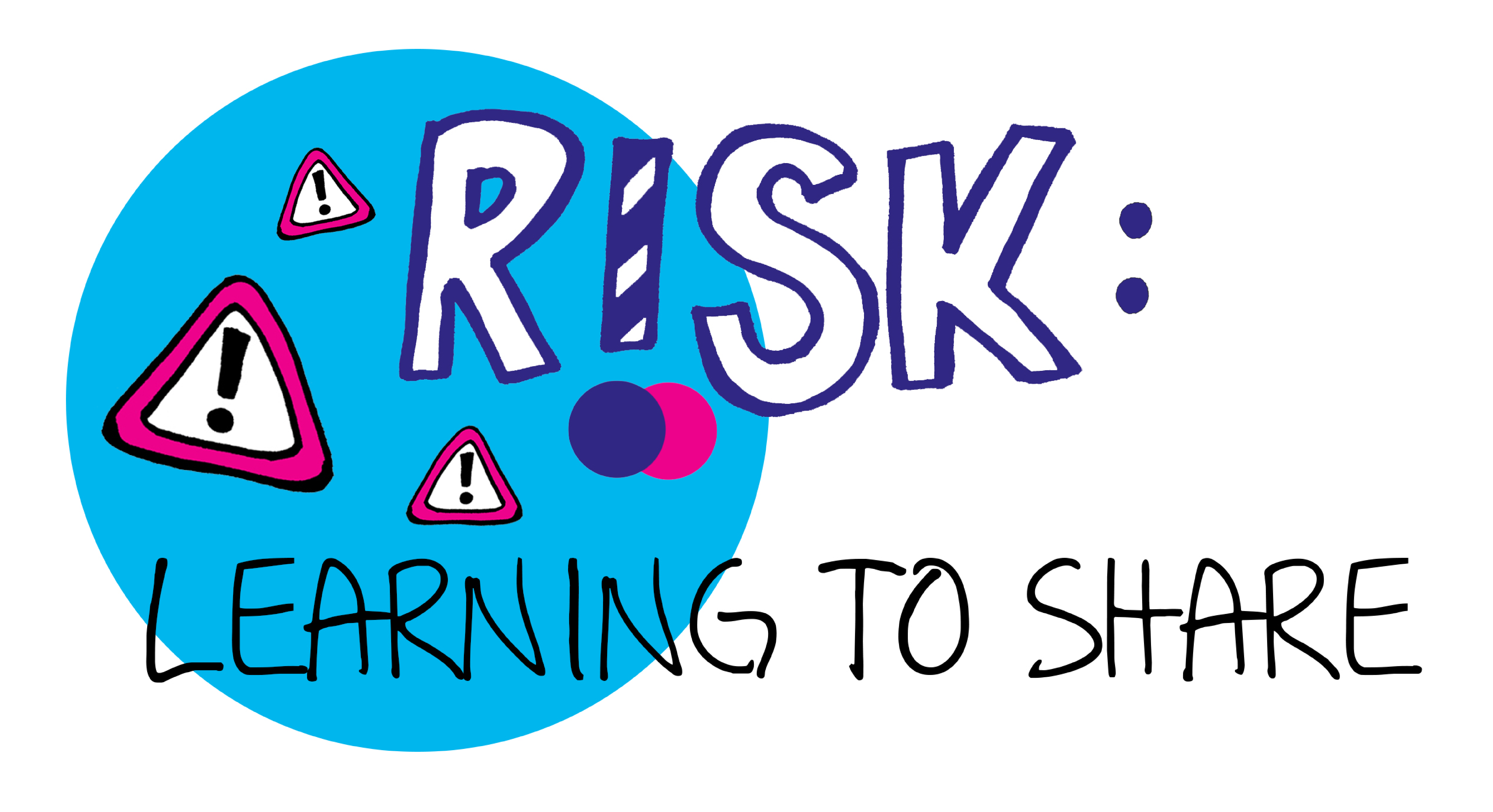
The Risk: Learning to Share course offers six mini-lectures delivered by scientists working in epidemiology, risk prediction model development and validation, clinical trials, medical anthropology, and patient and public involvement.
Through watching these presentations and completing the short assessments, participants will gain perspective on how risk is co-constructed across the different approaches to cancer early detection. This will enable greater understanding of the ways that our distinct disciplines lead to particular modes of interpretation, and how each discipline complements the others to give a deeper analysis of cancer risk.
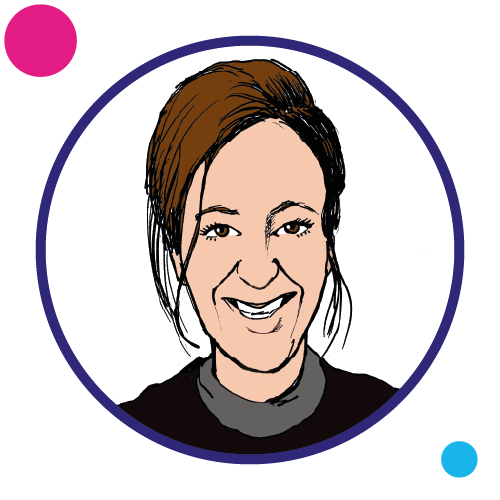
Course 1: Risk: Learning to Share
Cancer early detection encompasses a diverse collective of researchers, each of whom represent different kinds of expertise and who rely on varied data collection methods, analysis and related outputs.
We could say that these disciplinary differences mean that we speak different languages, but we do have a common aim: to predict and seek out cancer as early as possible so that we can collectively offer the greatest chance of survival for the greatest number of people.
But how then can we best approach sharing evidence of risk when our data and definitions are so very different?
Find out in this mini-MOOC (our short-form interpretation of a Massive Open Online Course) delivered by cancer scientists working in epidemiology, risk prediction model development and validation, clinical trials, medical anthropology, and public involvement. These lectures were an output of an ACED Skills Exchange workshop, which was the result of these scientists thinking about risk using CanRisk, a risk prediction model for calculating breast and ovarian cancer risks.
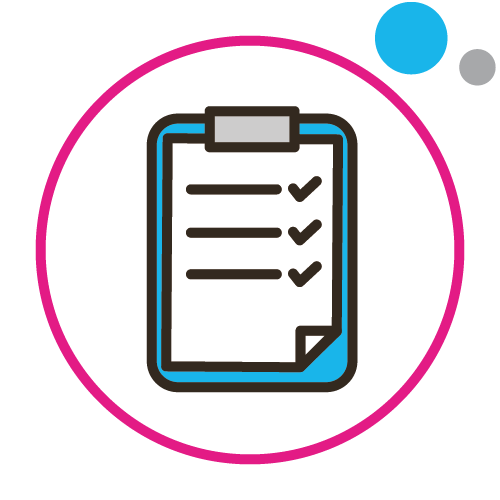
Instructions
This mini-MOOC is aimed at researchers working in, or thinking about working in, early cancer research. Those with a broader interest in risk may also find the course useful to consider the ways that different research disciplines contribute to definitions of risk. To complete the mini-MOOC, please follow the steps below:
- Work through the 6 lessons in chronological order. Each lesson consists of a short video presentation and 3 assessment questions, and should take between 5 and 10 minutes to complete.
- You are welcome to complete the course at your own speed. You can complete all 6 lessons in one sitting or can spread them out over a number of days. In total, the course will take approximately one hour of your time.
- After you have completed the final lesson, please also fill in our short feedback questionnaire. Your comments will help inform the development of future mini-MOOCs from the CRUK Cambridge Centre.
- Once we have received your feedback questionnaire, you will be sent a confirmation email that you have completed the Risk: Learning to Share mini-MOOC. Hang on to this for your professional development record!
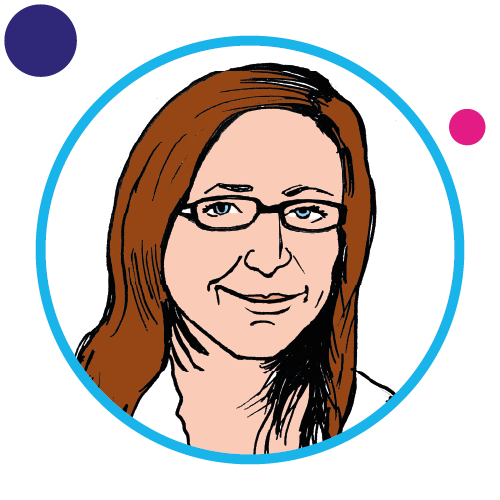
Lesson 1: Epidemiology and Risk
The first lesson outlines epidemiology and the use of real-world data in risk prediction models. You will learn:
- The role epidemiology plays in establishing cancer risk,
- How epidemiological data contributes to risk prediction,
- The benefits and drawbacks of using real-world data when predicting risk.
Lesson 1 is presented by Ellena Badrick, a Cancer Data Scientist at the University of Manchester.

Lesson 2: Developing a Risk Prediction Model
The second lesson explains the process of developing a risk prediction model. You will learn:
- The basis for developing a risk prediction model,
- The stages involved in building a risk prediction model,
- What 'risk' means in this context.
Lesson 2 is presented by Matthew Sperrin, a Health Data Scientist at the University of Manchester.
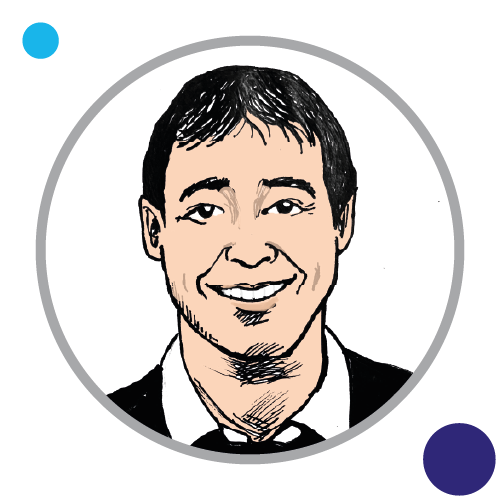
Lesson 3: Validating a Risk Prediction Model
The third lesson covers the steps required to answer the question "Does the risk prediction model accurately estimate risk?" using the CanRisk tool as an example. You will learn:
- The process taken to validate a risk prediction model,
- How models contribute to broader risk mitigation in cancer early detection,
- The role risk prediction model validation plays in improving health outcomes.
Lesson 3 is presented by Glen Martin, a Health Data Scientist at the University of Manchester.
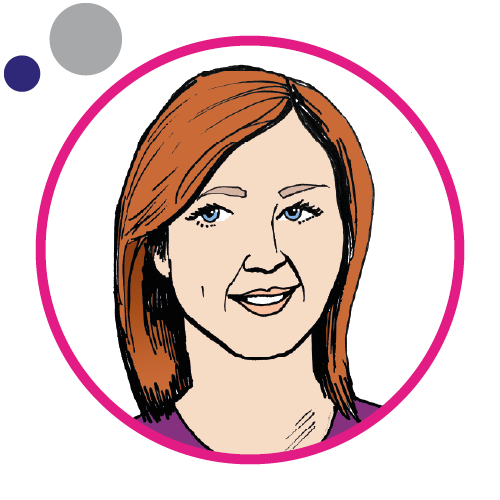
Lesson 4: Risk Prediction in the Clinic
The fourth lesson gives an overview of risk prediction in the clinic using the CanRisk-Patient (CanRisk-P) tool as an example. You will learn:
- The process for trialling a risk prediction tool in clinical settings,
- How patient consultation during a trial enriches the development of risk prediction methods,
- The roles that simulations and real-life testing with clinicians in clinical spaces play in risk prediction model and tool development.
Lesson 4 is presented by Stephanie Archer, a Health Researcher and Psychologist at the University of Cambridge.

Lesson 5: Anthropology and Situating Risk
The penultimate lesson explores anthropological contributions to establishing cancer risk. You will learn:
- How anthropologists' long-term field research (also known as longue durée) with particular groups of people help us to better understand the ways in which cancer risk operates in and impacts upon people's everyday lives,
- Why long-term research is so valuable to gaining contextual understanding of risk,
- The kinds of non-clinical pressures and priorities which contribute to the publics' understanding of risk.
Lesson 5 is presented by Kelly Fagan Robinson, a Medical Anthropologist at the University of Cambridge.
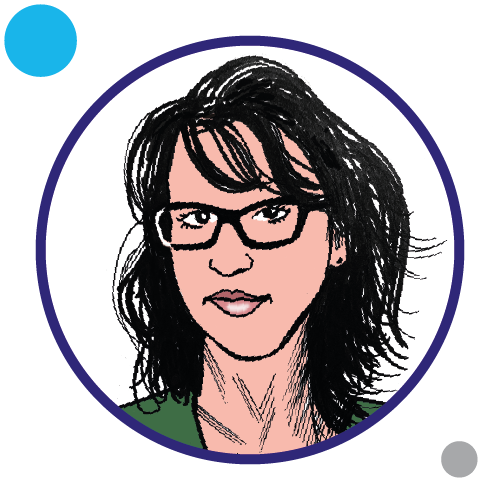
Lesson 6: Public Involvement in Risk
The final lesson covers how inclusive design and implementation can make for much greater reach, and therefore success, of risk prediction models. You will learn:
- What is meant by the terms 'patient and public involvement and engagement' and 'inclusive design',
- The forms that inclusion can take in this context,
- The points at which inclusive design can and should be actioned.
Lesson 6 is presented by Suzanne Johnson, Cancer Sciences Lead for Social Responsibility at the University of Manchester.
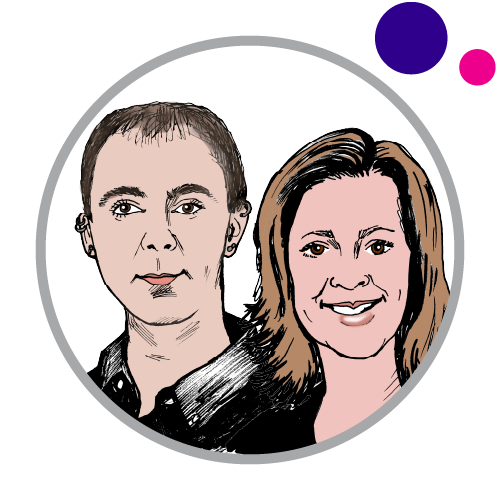
Feedback Questionnaire
It's Rhys and Ellie here! We're the technical team behind the Risk: Learning to Share mini-MOOC. This is a development project for us as much as it is a learning tool for you. We have tried to make the course interface accessible, interesting, and fun to use. When you have completed all 6 lessons, please fill in our short feedback questionnaire to let us know how we did and where we can improve. Your comments will help inform the development of future mini-MOOCs from the CRUK Cambridge Centre.
Once we have received your feedback questionnaire, you will be sent a confirmation email that you have completed the course. Hang on to this for your professional development record!


















